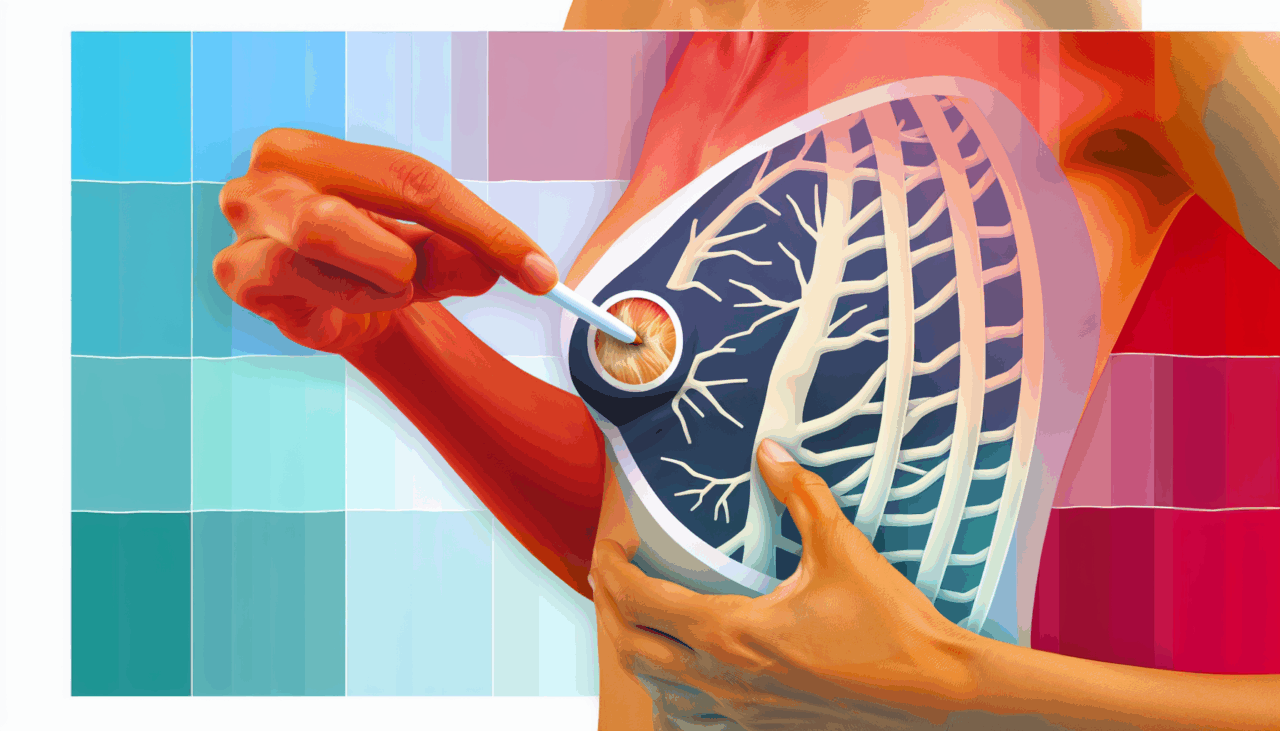Introduction
A recent study published in the journal Circulation: Cardiovascular Imaging has revealed a concerning link between scar tissue in the hearts of older male endurance athletes and an increased risk of dangerous cardiac rhythms. This research, conducted by the American Heart Association, highlights the potential for sudden cardiac death in this demographic, emphasizing the need for awareness and preventive measures.
Understanding Ventricular Tachycardia
Ventricular tachycardia, an irregular heart rhythm originating from the heart’s ventricular chambers, is one of the most severe types of arrhythmias. It poses a significant threat as it can lead to sudden cardiac death, a leading cause of mortality among athletes, particularly older men. The study sheds light on how myocardial fibrosis, or the scarring of heart muscle tissue, is associated with these irregular heartbeats in otherwise healthy endurance athletes.
The VENTOUX Study
Named after a famous mountain climb in the Tour de France, the VENTOUX study focused on 106 male cyclists and triathletes aged 50 or older. These athletes, who had no symptoms of heart disease, had been training for at least 10 hours a week over 15 years. The study aimed to determine whether heart scarring could be a contributing factor to dangerous heart rhythms in endurance athletes.
Methodology
Participants underwent cardiovascular magnetic resonance (CMR) imaging, a specialized test that uses magnetic fields to create detailed images of the heart. Additionally, an ECG recorder was implanted under the skin of their chest to monitor every heartbeat over a two-year period. This comprehensive approach allowed researchers to closely observe the heart’s condition and any arrhythmias that developed.
Key Findings
During the two-year follow-up, researchers discovered that nearly half of the participants exhibited left ventricular scar tissue. This scarring was linked to a higher incidence of abnormal ventricular rhythms, with sustained ventricular tachycardia occurring in about 3% of the athletes and shorter episodes in 19%. These findings suggest that myocardial fibrosis may significantly increase the risk of arrhythmias in this population.
Implications for Athletes
Senior study author Peter Swoboda, M.B.B.S., Ph.D., an associate professor of cardiology at the University of Leeds, emphasized the importance of these findings. “Dangerous heart rhythms during sport are thankfully rare,” Swoboda noted. However, he urged athletes experiencing chest pain, dizziness, or palpitations during activity to seek medical attention. He also stressed the importance of knowing CPR and how to use an automated external defibrillator.
Limitations and Future Research
The study’s limitations include its small, selective sample size and the inability to confirm causality between cardiac scarring and irregular heart rhythms. The findings may not be applicable to women, non-athletes, or non-European cyclists. Future research will aim to explore these aspects further, including studies involving female athletes.
Conclusion
This study underscores the need for increased awareness and monitoring of heart health in older endurance athletes. While the annual incidence of sudden cardiac death during sports varies, the rate of abnormal heart rhythms detected in this study was notably higher than in the general population. As research continues, it is crucial for athletes and healthcare providers to remain vigilant and proactive in addressing potential cardiac risks.
🔗 **Fuente:** https://medicalxpress.com/news/2025-07-scar-tissue-athletes-hearts-higher.html

